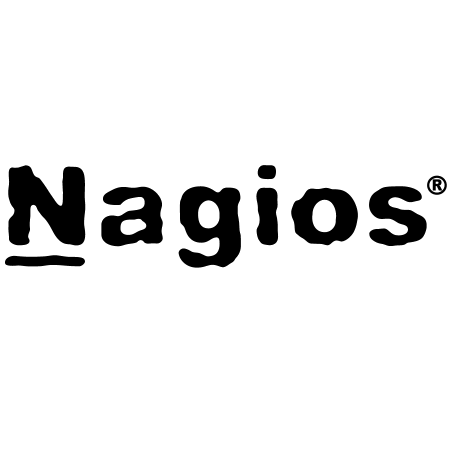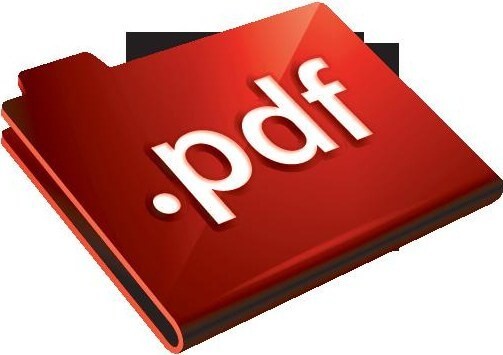
“S3 Bucket” is Amazon Simple Storage Service – a “highly durable and available store” and can be used to reliably store graphical and other applications contents such as media files, static assets and user uploads. It allows you to off-load your entire storage infrastructure. This feature facilitates better scalability, reliability, and speed than just storing files on the file-system.
It is an online storage web service offered by Amazon Web Services and provides storage through web services interfaces (REST, SOAP etc.)
Here is an example on how to use Amazon S3 with paperclip in Ruby on Rails applications.
Step#1
-
In rails 3.x
Install aws-s3 gem by adding in Gemfile
gem 'aws-s3'
And run
Run “bundle install”
Step#2
To get AWS S3 bucket ‘Access Key ID’ and ‘Secret Access Key’ go to the “http://aws.amazon.com/s3”
Create s3.yml file under config directory and enter your Amazon S3 credentials
development: bucket: bucket-dev-name access_key_id: xxxxx secret_access_key: xxxxx test: bucket: bucket-test-name access_key_id: xxxxx secret_access_key: xxxxx production: bucket: bucket-prod-name access_key_id: xxxxx secret_access_key: xxxxx
Step#3
Open your model file that would hold the attachment and modify it as follows
###Paperclip
has_attached_file :photo,:styles =>{ :thumb => "100x100", :medium => "200x200", :large => "600x400" },:storage => :s3,
:s3_credentials => "#{RAILS_ROOT}/config/s3.yml",:path => ":attachment/:id/:style.:extension",:bucket => 'yourbucket'
Step#4
In view, to display the image





